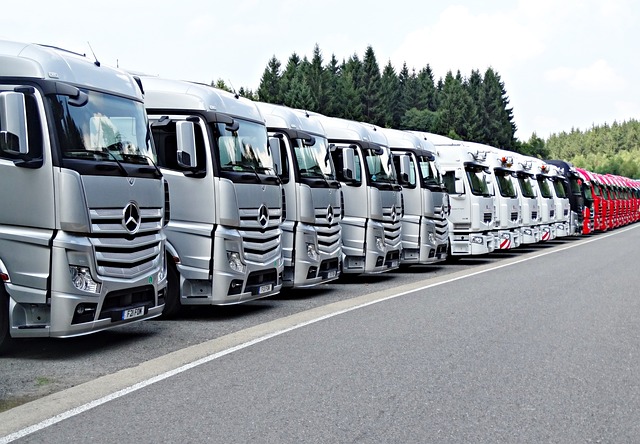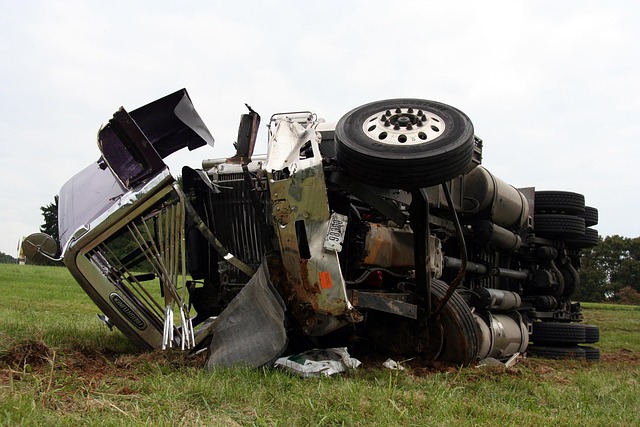Looking to register your car in California? This comprehensive guide walks you through the process, ensuring a smooth experience. First, understand the state’s requirements for car registration, including necessary documents for VIN (Vehicle Identification Number) verification. Learn how to perform a VIN check and complete the registration application process. Then, pay the required fees and receive your official registration papers. Follow these steps to register your vehicle hassle-free in California.
- Understand the Requirements for Car Registration in California
- Gather Necessary Documents for VIN Verification
- Perform a Vehicle Identification Number (VIN) Check
- Complete the Registration Application Process
- Pay the Required Fees and Receive Your Registration Papers
Understand the Requirements for Car Registration in California

Before you begin the registration process, it’s crucial to understand the requirements for car registration in California. The state Department of Motor Vehicles (DMV) has strict guidelines that must be followed before your vehicle can hit the roads legally. One of the primary steps involves verifying the Vehicle Identification Number (VIN). This process ensures the authenticity of your car and is a critical aspect of the registration, especially when transferring ownership or buying a used vehicle. In California, you can complete this vin verification through various methods, including a mobile vin inspection or by visiting an official DMV location.
The vin inspection checks for any discrepancies in the vehicle’s history and helps prevent fraud. It’s essential to have all necessary documents, such as proof of ownership, registration, and insurance, ready during this process. By adhering to these requirements and ensuring a successful vin verification, you’ll be one step closer to securing your car’s registration in California.
Gather Necessary Documents for VIN Verification

To register your car in California, you’ll need to go through a Vehicle Identification Number (VIN) verification process. This involves ensuring that your vehicle’s details match the information on its VIN, which is like a unique fingerprint for each car. Before heading to the DMV, gather all the essential documents related to your vehicle. This includes the title, registration certificate, proof of insurance, and the most crucial document – your car’s VIN.
For a hassle-free experience, consider using services that offer mobile vin inspection or mobile vin verification. These professionals can come to you, ensuring you have all the required information ready for the DMV. Some even provide digital reports, making the whole process more convenient and efficient, especially if you’re short on time.
Perform a Vehicle Identification Number (VIN) Check

Before registering your car in California, it’s crucial to perform a Vehicle Identification Number (VIN) check. This step is essential for ensuring that the vehicle you’re planning to register is legitimate and hasn’t been reported stolen or has any outstanding issues. A mobile VIN verification service can make this process convenient, allowing you to conduct an inspection from the comfort of your location.
With the help of a mobile VIN verifier, you can easily verify the vehicle’s history by inputting its unique VIN number. This tool checks against numerous databases to provide you with detailed information, including the car’s previous owners, maintenance records, and any reported accidents or damages. Such an inspection is particularly useful when buying a used car, as it helps prevent potential scams and ensures you’re making an informed decision.
Complete the Registration Application Process

To complete the registration process for your car in California, you’ll need to fill out an Application for Registration and Title (Form DR-41). This form requires detailed information about your vehicle, including its make, model, year, and unique Vehicle Identification Number (VIN). A crucial step is ensuring accurate VIN verification. You can conduct this yourself using a reliable mobile VIN verifier or inspection tool that checks the vehicle’s history and ensures it matches the provided details.
This process involves double-checking the information on your registration form against official records to avoid any discrepancies. Once you’ve confirmed the VIN and all other data, submit your application along with the necessary fees to the California Department of Motor Vehicles (DMV). They will then process your request, issue a registration certificate, and update the vehicle’s record in their system, completing the registration application process successfully.
Pay the Required Fees and Receive Your Registration Papers

After ensuring your vehicle meets all safety and emission standards, it’s time to pay the required fees for registration. In California, this typically involves a fee for vehicle registration, license plate fees, and potentially other taxes or surcharges. You can usually pay these fees online through the California Department of Motor Vehicles (DMV) website, by mail, or in person at a DMV field office. Once your payment is processed, you’ll receive your registration papers, which include important information about your vehicle’s ownership and insurance requirements.
It’s crucial to verify the Vehicle Identification Number (VIN) of your car before completing the registration process. A mobile VIN verifier or inspector can help ensure that the VIN on your vehicle matches the one listed in the registration documents. This step is essential for preventing fraud and ensuring accurate record-keeping, especially if you’re transferring ownership or trading in your vehicle.
Registering a car in California is a straightforward process once you understand the requirements and gather the necessary documents. After completing the VIN verification, which ensures vehicle authenticity, you can easily navigate the registration application process. Remember to pay the required fees, and you’ll soon receive your official registration papers, ensuring your vehicle is legally compliant on California’s roads.



